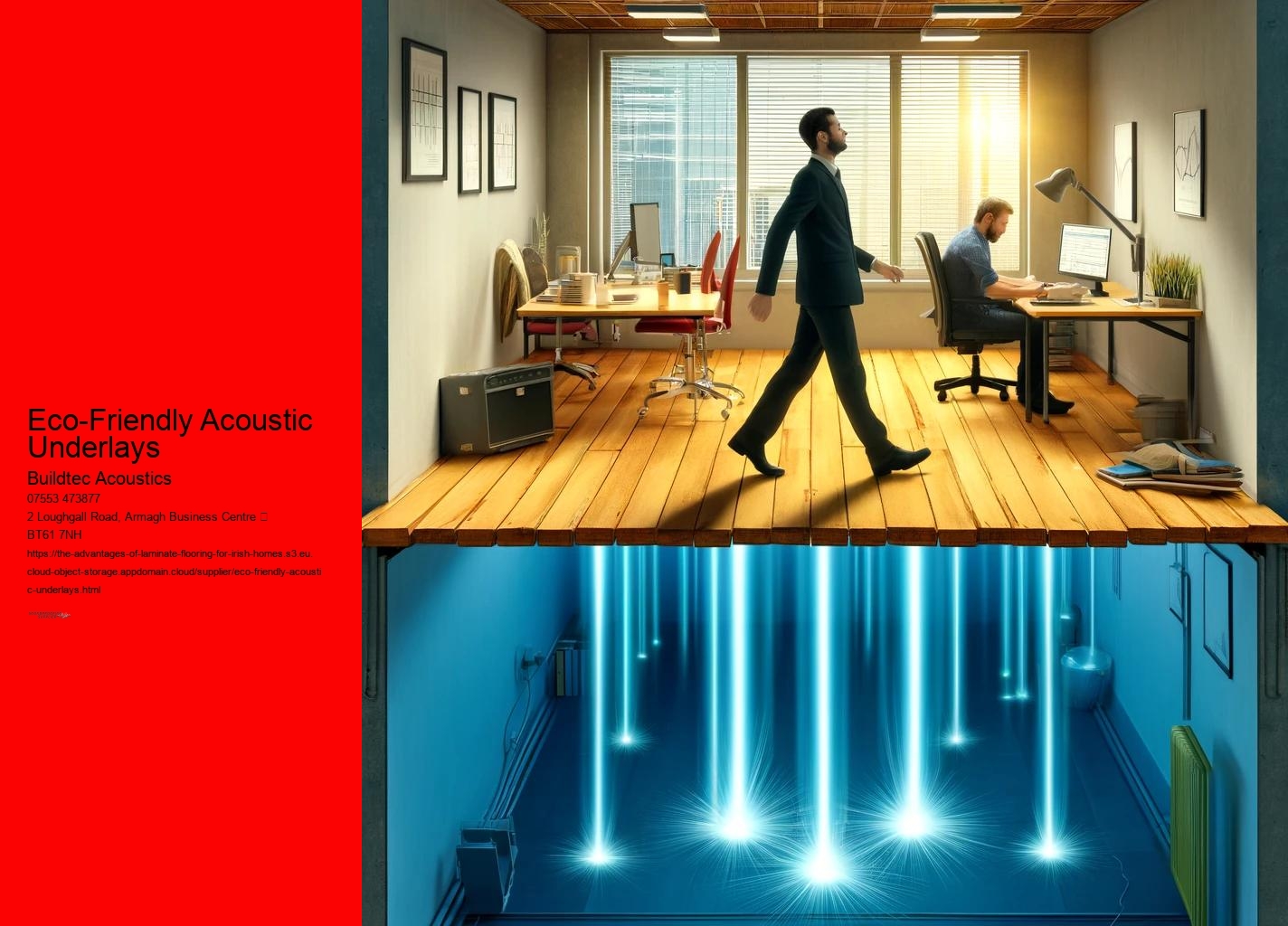This helps improve communication between occupants by reducing noise interference.
Eco-Friendly Acoustic Underlays - solvent
- vibration
- noise
- lamination
- volatile organic compound
- acoustics
- fiber
- energy transformation
- particle board
Eco-Friendly Acoustic Underlays - subpoena
- underfloor heating
- Impact insulation class
- subpoena
- underlay
- single-family detached home
- energy
Acoustic underlays do not compromise the aesthetics or design of the finished floor. Acoustic underlays absorb these sounds, resulting in improved room acoustics. Acoustic underlay is a critical solution for effective noise control in residential and commercial environments. Some underlays are certified by Leadership in Energy and Environmental Design (LEED) standards, supporting sustainable building practices.
Eco-Friendly Acoustic Underlays - underlay
- adhesive
- aesthetics
- sound
Including acoustic underlays in renovation projects also helps ensure compliance with building insulation standards and soundproofing regulations, providing peace of mind for homeowners and builders. Impact insulation class This allows consumers to achieve their desired aesthetics without sacrificing soundproofing performance.
Eco-Friendly Acoustic Underlays - single-family detached home
- cushion
- soundproofing
- sibling
- reverberation
Before installing an acoustic underlay, it is essential to ensure that the subfloor-whether concrete, particle board, or cement-is clean, level, and dry. Floating floor systems also benefit from acoustic underlays, which provide an additional layer of soundproofing beneath the flooring material. Acoustic underlay is an effective solution for managing noise control in residential and commercial environments.
Eco-Friendly Acoustic Underlays - solvent
- environmentalism
- thermal resistance
- screed
- communication
Eco-Friendly Acoustic Underlays - energy
- Sound transmission class
- carpet
- piano
- building insulation
- Celotex
